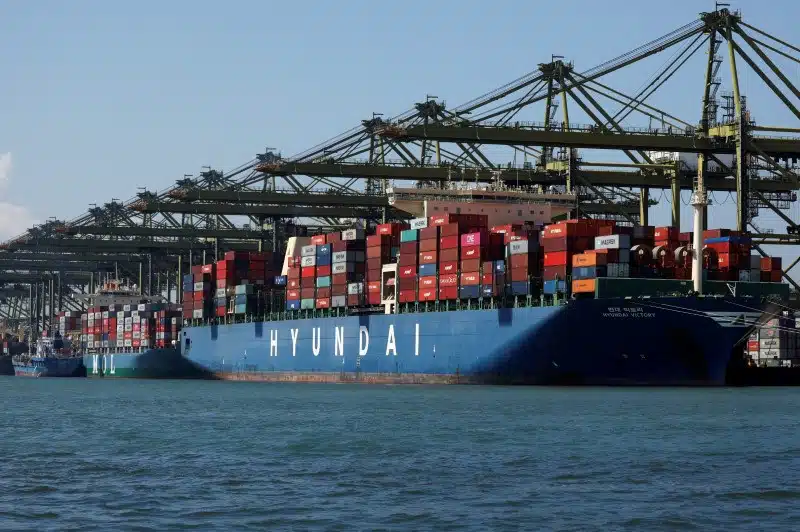SEOUL/SINGAPORE, June 28 — Congestion at Singapore’s container port is at its worst since the Covid-19 pandemic, a sign of how prolonged vessel re-routing to avoid Red Sea attacks has disrupted global ocean shipping — with bottlenecks also appearing in other Asian and European ports.
Retailers, manufacturers and other industries that rely on massive box ships are again battling surging rates, port backups and shortages of empty containers, even as many consumer-oriented firms look to build inventories heading into the peak year-end shopping season.
Global port congestion has reached an 18-month high, with 60 per cent of ships waiting at anchor located in Asia, maritime data firm Linerlytica said this month. Ships with a total capacity of over 2.4 million twenty-foot equivalent container units (TEUs) were waiting at anchorages as of mid-June.
But, unlike during the pandemic, it is not a buying flurry by house-bound consumers that is swamping ports.
Rather, ship timetables are being disrupted with missed sailing schedules and fewer port calls, as vessels take longer routes around Africa to avoid the Red Sea, where Yemen’s Houthi group has been attacking shipping since November.
Ships are therefore offloading larger amounts at once at big transhipment hubs like Singapore, where cargoes are unloaded and reloaded on different ships for the final leg of their journey, and forgoing subsequent voyages to catch up on schedules.
“(Shippers) are trying to manage the situation by dropping the boxes at transhipment hubs,” said Jayendu Krishna, deputy head of Singapore-based consultancy Drewry Maritime Advisors.
“Liners have been accumulating boxes in Singapore and other hubs.”
Average Singapore cargo offload volume jumped 22 per cent between January and May, significantly impacting port productivity, Drewry said.
Singapore, the world’s second-largest container port, has seen particularly severe congestion in recent weeks.
The average wait time to berth a container ship was two to three days, Singapore’s Maritime and Port Authority (MPA) said in end-May, while container trackers Linerlytica and PortCast said delays could last up to a week. Typically, berthing should take less than a day.
Neighbouring ports are also backing up as some ships skip Singapore.
The strain has shifted to Malaysia’s Port Klang and Tanjung Pelepas, said Linerlytica, while wait times have also climbed at Chinese ports, with Shanghai and Qingdao seeing the longest delays.
Drewry expects congestion at major transhipment ports to remain high, but anticipates some easing as carriers add capacity and restore schedules.
Singapore’s MPA has reopened older berths and yards at Keppel Terminal and will open more berths at Tuas Port to tackle extended waits.
Container freight prices from Asia to the US and Europe have tripled since early 2024.
All of those disruptions will likely mean higher prices for consumers, experts warn.
— Reuters





